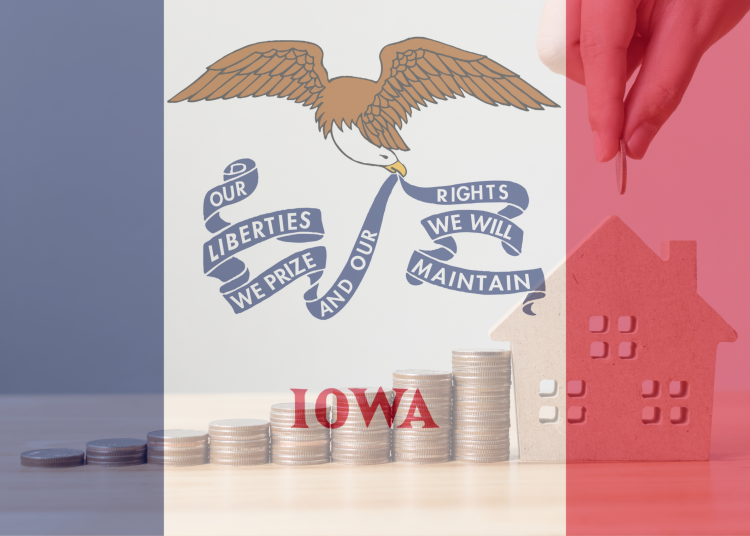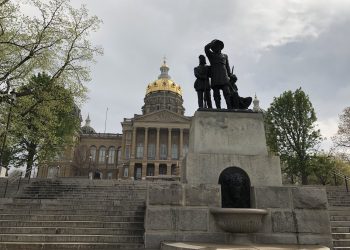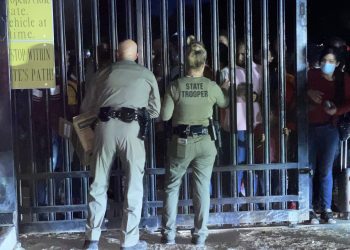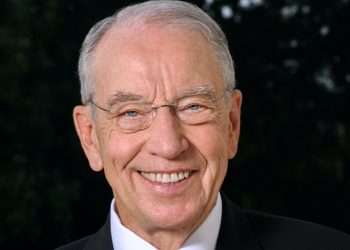Taxpayers across the state are upset after receiving their property assessment notices in the mail. Property assessments in Iowa have increased, leading to many taxpayers blaming county assessors for high property tax bills. Although assessments have increased, the blame for higher property tax bills should not be placed solely upon the assessors. The main reason for high property tax bills is local government spending. Taxpayers will only see meaningful property tax relief if local government spending is reined in with a fiscal rule or budget limitation.
Since 2000, total property taxes collected in Iowa have increased 119 percent — more than the increase in population, inflation, or the cost-of-living adjustment for Social Security. The Tax Foundation ranked Iowa’s property tax burden as the 10th highest in the nation, before the most recent assessments. Iowans across the political, rural, and urban divide are demanding property tax relief. Further, taxpayers are weary of the reasons local government officials have for not lowering property tax bills.
A recent Iowans for Tax Relief Foundation public opinion poll found that 67 percent of Iowans surveyed support the legislature establishing limits on how much a local government can tax and spend in order to control the growth of property taxes. Limiting local government spending and taxing receives bipartisan support with 70 percent of independents, 46 percent of Democrats, and 79 percent of Republicans in favor.
Too often, due to Iowa’s complex property tax system, the focus of property tax reform centers on the assessment process. Iowa does have an assessment limitation, but even with the rollback, property taxes have continued to skyrocket. In addition, past legislative efforts to provide property tax relief have made progress but have failed to bring about any consequential property tax relief. This is because past reforms have failed to address the root problem — spending. Therefore, any property tax reform must include a spending limitation that would apply to local governments.
Using a fiscal rule or a spending limitation to local governments is one successful policy idea that has worked in other states. Spending restrictions such as Colorado’s Taxpayers Bill of Rights have proven to be effective at curbing taxes and spending — by limiting the growth of government to the combined rate of population plus inflation growth. Currently, the Montana and Texas legislatures are considering legislation that would apply a spending limitation to local governments to provide property tax relief.
In 2019, the Iowa legislature passed a property tax transparency and accountability measure, establishing a 2 percent “soft cap” on local governments. The cap only applies to cities and counties, even though school districts are the leading driver of property tax bills.
Nevertheless, the 2 percent “soft cap” has proven ineffective as it is easy for local governments to supersede the budget limit. Further, the 2019 law was not able to diminish local governments’ ability to take advantage of assessment windfalls. Too often, taxpayers are still told that the rates are going down, only to find that they are paying more in property taxes.
A stronger spending limitation on all local governments, including school districts, would require voters to approve a budget increase and avoid interfering with the market’s ability to determine property valuations. It would also avoid the pitfall of exempting various budget categories. Having a stronger cap would not be unusual; examples of property levy limitations abound.
New York, which is not known as a conservative or tax-friendly state, has implemented a property tax revenue cap limiting the annual growth of taxes levied by local governments and school districts to the lesser of 2 percent or the rate of inflation. For a local government to exceed the cap, the governing authority must approve it by a supermajority vote. The property tax cap has not hindered local governments or public education but has successfully saved taxpayers billions.
A spending limit applying to local governments and requiring them to earn a vote of the people to raise spending forces governments to be more accountable and to justify new spending. Economist Daniel Mitchell describes spending limits as similar to speed limits in a school zone — both are designed to protect. In the case of local governments, they apply the brakes to slow spending down. It is time to seriously consider ways to constrain the growth of local governments and provide real and lasting relief for taxpayers.
















